This post may contain affiliate links. To learn more check my disclosure page.
The idea of making gluten-free sourdough bread from scratch seemed so intimidating to me at first. But with the right ingredients, technique, and tips, making my own loaf from scratch was much easier than I thought. Don’t forget to use my gluten-free sourdough starter recipe so you will be ready to go! This gluten-free sourdough bread is great to eat for breakfast with jam, as a bread bowl with spinach dip, or any other way you enjoy bread.
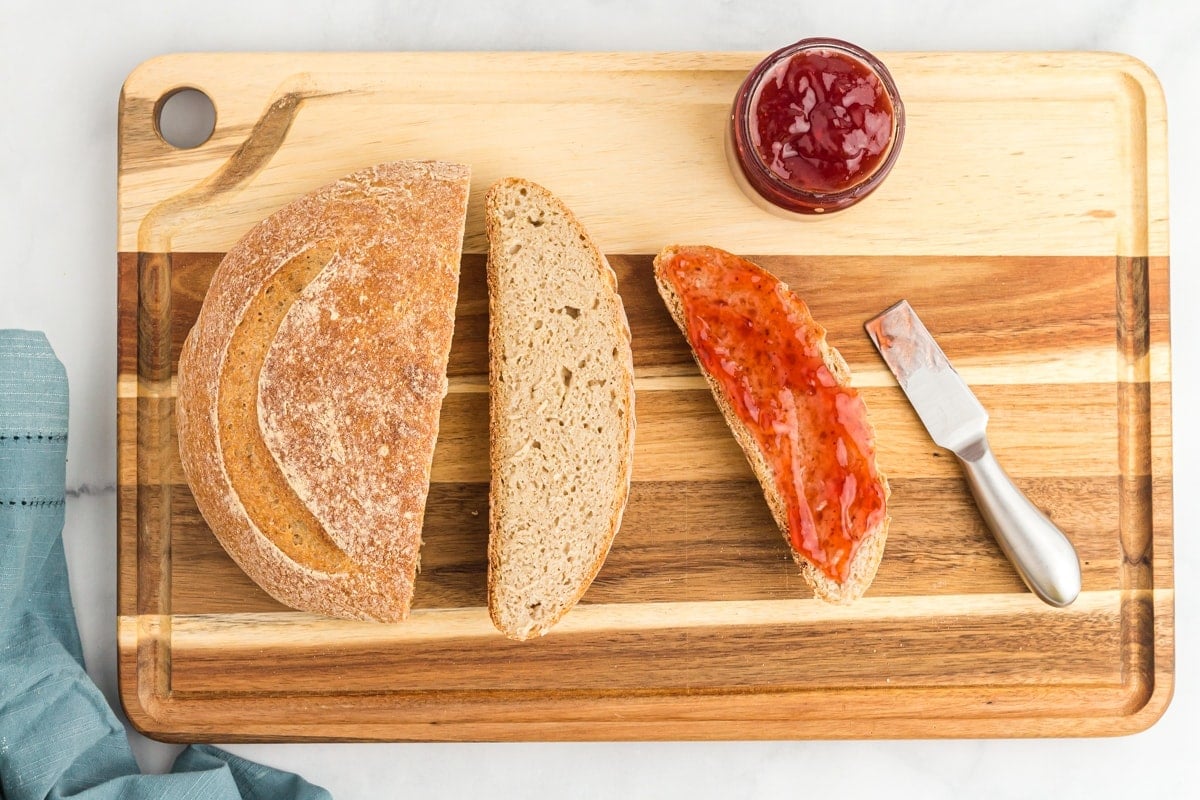
Gluten-Free Sourdough Bread Recipe
This gluten-free sourdough bread recipe is straightforward and simple, but requires some time and patience. When it comes to sourdough baking, many factors determine how your bread is going to turn out—weather, humidity, temperature, flour brands—but the more you make it, the more you’ll start to understand and adjust. So even if your first loaf doesn’t turn out perfectly, take the lessons you’ve learned and apply it to your next loaf.
This post includes step-by-step instructions and photos to help take the guesswork out of making gluten-free sourdough bread. Although there are just a few steps, each one is very important in the process. Read this post in full before you get started so you know what ingredients and supplies you’ll need and how to plan out your timeline for mixing, proofing, and baking.
Ingredients
- Active Gluten-Free Sourdough Starter: Your gluten-free sourdough starter must be active and at peak rise (lots of bubbles and almost doubling in size). If your starter is stored in the fridge, let it sit out at room temperature for 24 hours first and give it a feeding or two to bring up the activity level.
- Filtered Water: Tap water may contain chlorine that inhibits the growth of good bacteria, so we recommend using filtered water. Do not use distilled water.
- Brown Rice Flour: The flour needs to be superfine in order to work nicely in this recipe. You can substitute another whole-grain gluten-free flour, but this recipe has only been tested with brown rice flour. If you use a different type of flour, you may have to adjust the quantity of the flour or water. Do not use a gluten-free flour blend.
- Psyllium Husk: This gives the dough elasticity and helps to bind everything together. Use whole psyllium husk and not the powder.
- Honey: Adds a slight sweetness that balances out the tanginess.
- Potato Starch: This helps to add lift to your bread so it bakes up nice and fluffy.
- Sorghum Flour: Adds a nice flavor to gluten-free baked goods.
- Tapioca Flour: Another leavening agent.
- Salt: Enhances the overall flavor.
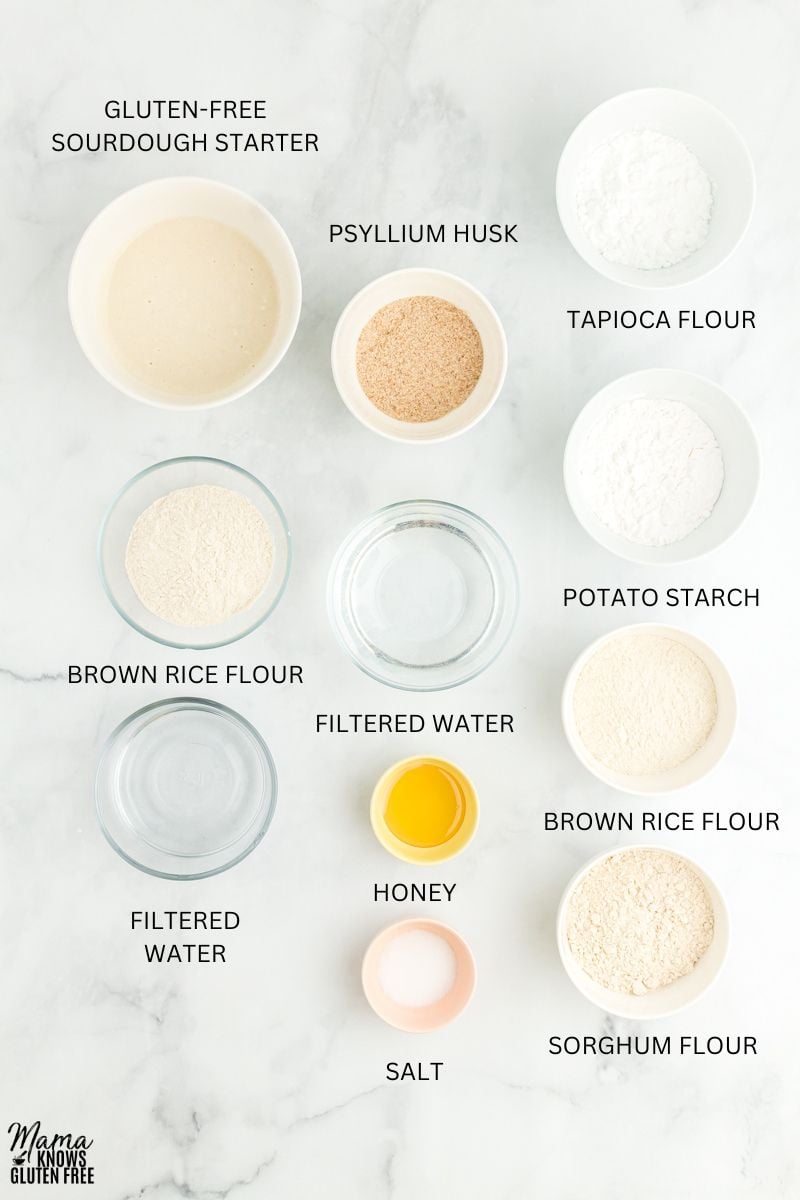
Necessary Supplies
- Food Scale: Making sourdough bread is a science and a food scale is a must to help measure ingredients precisely.
- Glass Mixing Bowls: Glass bowls of various sizes are needed for combining different ingredients throughout the mixing and proofing processes.
- Wooden Spoon: For mixing the ingredients together.
- Silicone Spatula: Use the spatula to transfer ingredients from one bowl to another and to combine them. Remember, quantities matter here, so make sure you’re scraping every last bit out of each bowl.
- Electric Mixer with Dough Hook: You can use your hands for mixing the dough together, but it can get quite messy. I recommend an electric mixer with a dough hook to do the majority of the mixing, then just get in with your hands at the end when it needs a little extra kneading to bring it all together.
- Clean Tea Towel or Food-Safe Plastic Wrap: When choosing a tea towel to line your bowl and cover the dough during the proofing process, be sure to find one that’s free of inks, colors, and lint. If you don’t have tea towels that will work, food-safe plastic wrap will work. Just remember to place it on gently to allow airflow.
- Large Bowl with Round Bottom: When proofing your dough, it’s going to start to taking on the shape of the bowl so it’s important to select one with a round bottom.
- Dutch Oven with Lid: A Dutch oven is going to help keep the bread at a high, even temperature during the baking process. Make sure you choose one that’s around 5 quarts in size and can withstand heat up to 450°F. Watch out for plastic handles that aren’t designed to be oven-safe.
- Parchment Paper: Used to create a sling to gently lower the dough into the Dutch oven. Dropping the bread in will limit the bread’s ability to rise.
- Sharp Knife or Lame: You’ll use this to create cuts in the bread that allow steam to escape. If you don’t cut lines in the bread, the bread will split and make its own lines.
- Food Thermometer: This isn’t a requirement, but it does help to take the guesswork out of determining when the bread is fully baked.
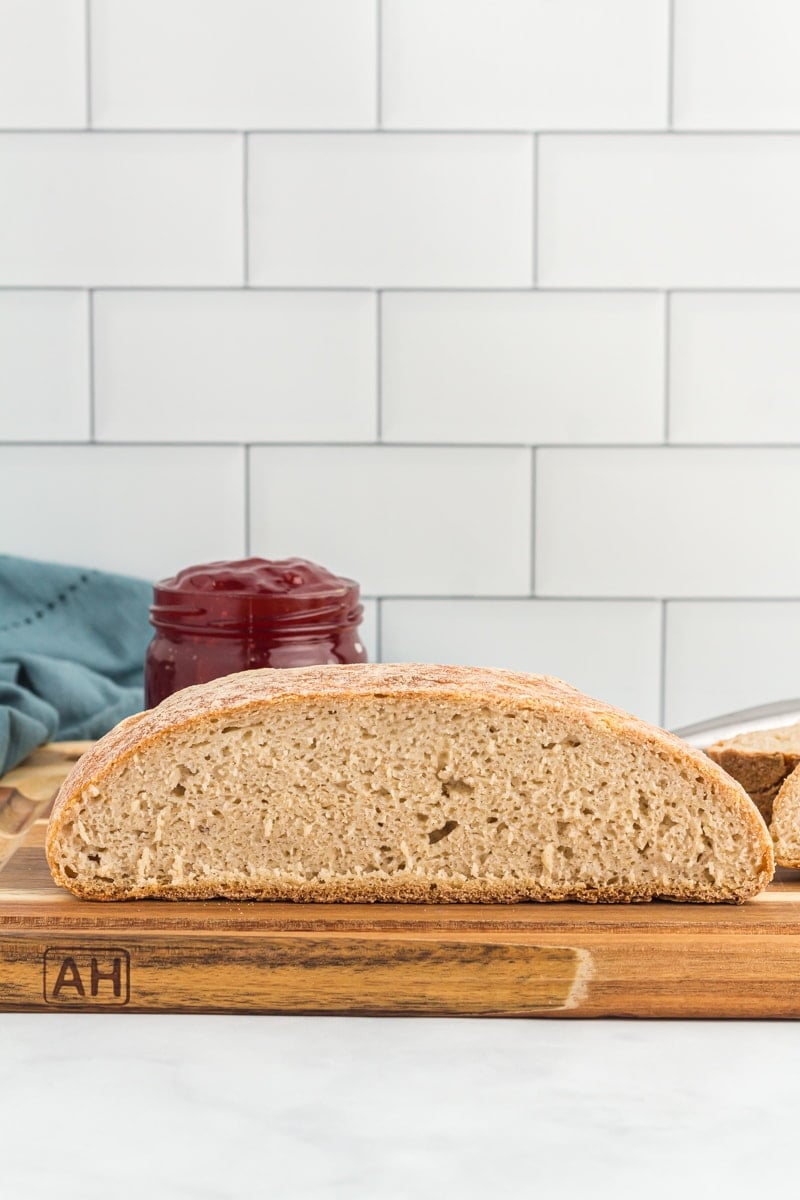
Tips and Suggestions
- The gluten-free sourdough starter should have a thick, paste-like consistency, similar to a thick pancake batter or Greek yogurt. If your starter isn’t there yet, try feeding it more flour and less water during its next feed.
- As your starter matures, you’ll get better results. Although a starter that’s just two weeks old can be used to make sourdough gluten-free bread, a starter that’s over a month old will be more active and produce better bread.
- This recipe has been tested with brown rice flour. Although you can use other gluten-free whole-grain flour, you may have to adjust quantities of flour and water a bit. All flours have different absorbencies.
- The longer your preferment sits, the more sour your bread will be.
- Start checking your dough after it’s been proofing for 3 hours. If the dough is overproofed, a hole will form at the top of the loaf between the top crust and the bread and the bottom will be gummy. If you underproof the dough, there will be little to no bubbles inside and the bread will also have a gummy texture.
- Don’t skip the step of preheating your oven with the Dutch oven in it. This helps give the sourdough a better rise.
- If you want to prepare everything ahead of time, once your dough gets to the proofing stage you can cover it and place it into the fridge overnight.
- Let the bread cool completely before slicing. If you cut into it too early, you’ll release the steam and the bread will turn out dense and gummy.
- Making sourdough bread is a science. Things like weather, the temperature in your home, different brands of ingredients, etc. can affect how it turns out. Your perfect loaf may need more or less ingredients or require less or more time to proof. If your bread doesn’t turn out perfectly the first time, don’t give up! Make notes on what didn’t work for you then come back and read these notes so you can make adjustments and try again.
Why Isn’t My Dough Rising?
This could be due to too much handling. You’ll want to very lightly knead the dough just to get all the ingredients combined and to shape it. If you’re kneading too hard, you’ll knock the bubbles out. Do not knead the bread after proofing it.
A bread that isn’t rising could also be due to the starter not being ready yet. A more mature starter (a month or more) will likely give better rising results than one that’s only a couple of weeks old.
Did you proof your dough in too big of a bowl? If you try to proof the dough on a flat surface or in a really large bowl, the dough is going to start to shape itself to what it is proofing in.
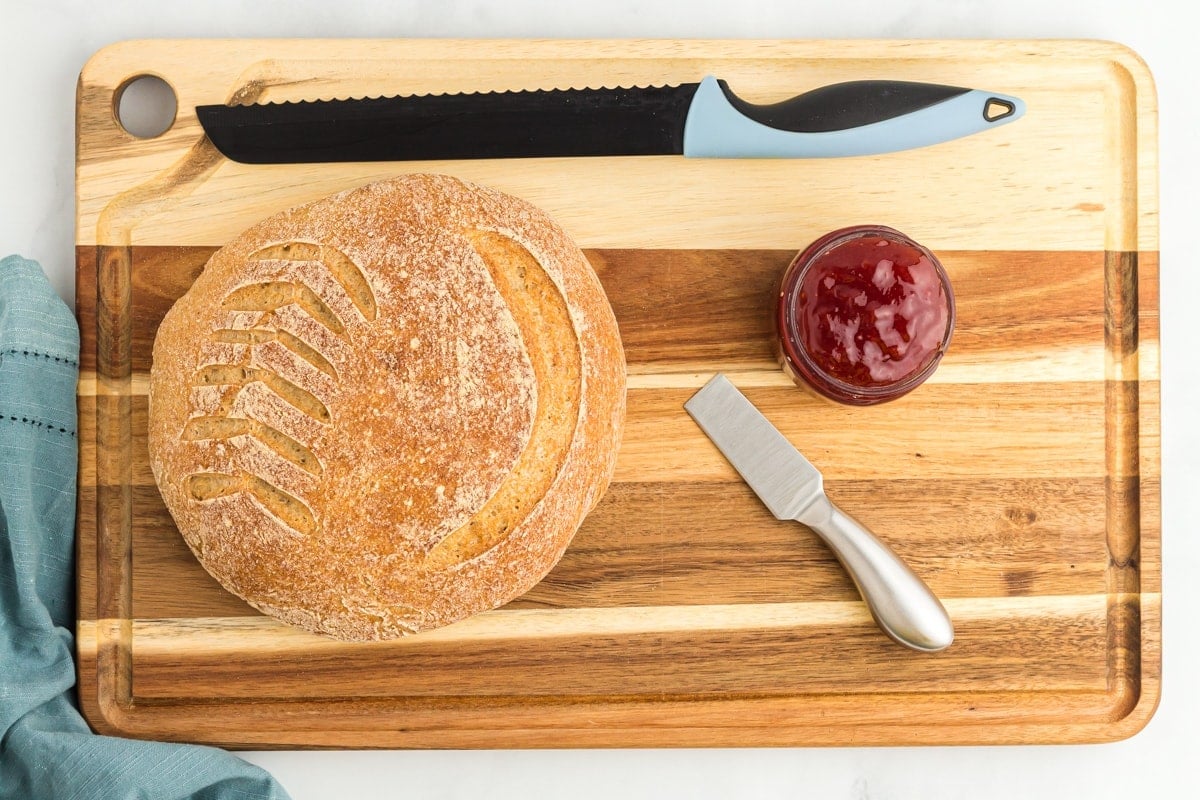
Why Does My Bread Look Burned On The Bottom?
You don’t want the Dutch oven to be too far down in the oven. If the loaf is starting to burn on the bottom, place a baking tray on the rack under the Dutch Oven to try to block a bit of that direct heat.
Why Is My Bread Gummy Inside?
This could be due to a variety of reasons. It’s important that your starter is at peak activity, that ingredients were measured properly, that the dough was properly proofed, and so on. Go back over your process to see if one of these reasons could be the problem.
Storage Instructions
Store leftover gluten-free sourdough bread tightly wrapped in plastic wrap at room temperature for up to 4 days. Freeze individual slices tightly wrapped in plastic wrap for up to 3 months. Let thaw overnight in the refrigerator before enjoying.
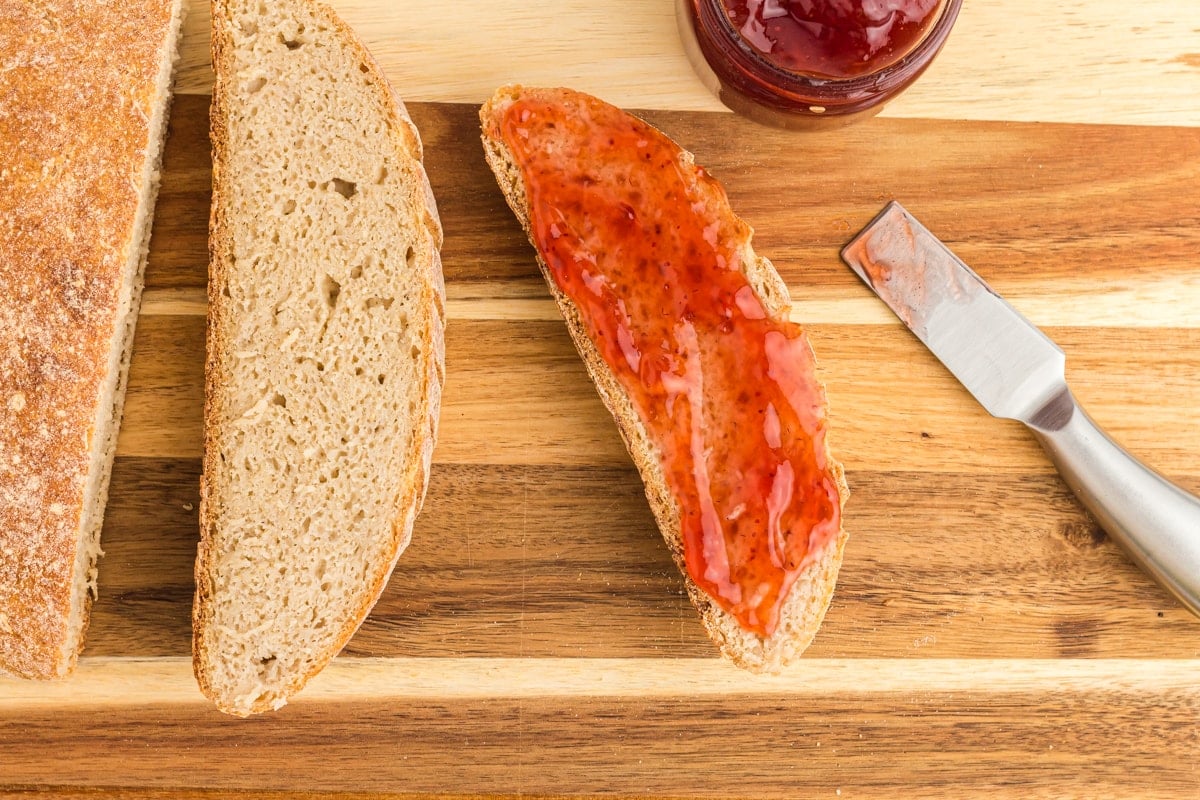
More Gluten-Free Bread Recipes to Try!
Gluten-Free Sourdough Bread
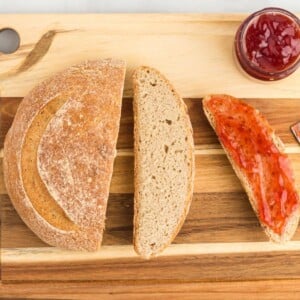
Ingredients
Preferment:
- 150 grams gluten-free sourdough starter, active and at peak rise
- 100 grams room temperature filtered water
- 80 grams brown rice flour
Remaining Bread Ingredients:
- 20 grams psyllium husk, not psyllium husk powder
- 20 grams honey
- 300 grams room temperature filtered water
- 80 grams potato starch
- 80 grams sorghum flour
- 80 grams brown rice flour
- 60 grams tapioca flour
- 15 grams salt
Instructions
- Make the preferment. In a medium bowl, stir together 150 grams active starter, water, and brown rice flour. Stir until well mixed. Cover lightly and let rest in a warm, draft-free area of your house for 6 to 18 hours. You’ll know it’s ready when it looks like it’s doubled in size and has lots of bubbles. Do not move onto the next step until your preferment is ready.
- In a medium bowl, stir together the psyllium husk, honey, and water. Set aside for a few minutes until it turns into a thick gel.
- In a large bowl, combine the potato starch, sorghum flour, brown rice flour, tapioca flour, and salt. Whisk together until well combined.
- Add the preferment mixture and the psyllium husk mixture to the dry ingredients and mix on low-medium speed with an electric mixer and dough hook. Use a spatula to scrape down the sides and bottom of the bowl to make sure all the dry ingredients are well combined.You can use your clean hands to work this mixture as well so that all the dry ingredients have been incorporated into the dough (the dough should feel gummy now and you should no longer see dry ingredients).
- Lightly flour (using brown rice flour) a clean, dry countertop and lightly knead the dough into a smooth ball. No stretching of the dough is needed. Simply knead the ingredients together gently until smooth. Don’t overwork the dough.
- Lightly flour a round, tea towel-lined bowl and place the dough ball smooth side down into the bowl so the seam is facing up.
- Lightly cover the bowl with a clean tea towel or food-safe plastic wrap and let the dough proof at room temperature for 3 to 4 hours. Depending on the temperature in your home, this could take longer, up to 6 to 8 hours. It’s ready once it has a soft, puffy texture and the dough rises back up slowly when you gently make an indent.
- An hour before your bread is ready to bake, preheat your oven to 425°F with the Dutch oven inside.
- When your oven has been preheating for an hour, gently remove your proofed bread and place on a sheet of parchment paper. Gently move this so you don’t drop it down. Dropping it will limit the bread’s ability to rise properly. The loaf should now be sitting on the parchment paper smooth side up, seams down on the parchment paper.
- Use a sharp knife or a lame to cut lines into the dough to allow steam to escape while baking. Make any design you’d like, but make sure it’s deep enough (at least ¼ inch) or the bread will split in other areas.
- Use the parchment paper as a sling and place both the paper and bread gently inside the hot Dutch oven. Place the lid on and put the Dutch oven back into the oven. It’s important that you don’t leave the Dutch oven sitting out for long. We want this to say as hot as possible so as soon as you remove it from the oven, place the bread in and get the Dutch oven right back into the oven.
- Bake for 45 minutes with the lid on. Remove the lid then bake for an additional 25 to 40 minutes. The bread is done when it is golden brown and the internal temperature is 210°F. Underbaking will result in a gummy bread.
- Remove the baked bread from the Dutch oven and let it cool completely at room temperature before slicing.
Notes
- The gluten-free sourdough starter should have a thick, paste-like consistency, similar to a thick pancake batter or Greek yogurt. If your starter isn’t there yet, try feeding it more flour and less water during its next feed.
- As your starter matures, you’ll get better results. Although a starter that’s just two weeks old can be used to make sourdough gluten-free bread, a starter that’s over a month old will be more active and produce better bread.
- This recipe has been tested with brown rice flour. Although you can use other gluten-free whole-grain flours, you may have to adjust quantities of flour and water a bit. All flours have difference absorbencies.
- The longer your preferment sits, the more sour your bread will be.
- Start checking your dough after it’s been proofing for 3 hours. If the dough is overproofed, a hole will form at the top of the loaf between the top crust and the bread and the bottom will be gummy. If you underproof the dough, there will be little to no bubbles inside and the bread will also have a gummy texture.
- Don’t skip the step of preheating your oven with the Dutch oven in it. This helps give the sourdough a better rise.
- If you want to prepare everything ahead of time, once your dough gets to the proofing stage you can cover it and place it into the fridge overnight.
- Let the bread cool completely before slicing. If you cut into it too early, you’ll release the steam and the bread will turn out dense and gummy.
- Making sourdough bread is a science. Things like weather, the temperature in your home, different brands of ingredients, etc. can affect how it turns out. Your perfect loaf may need more or less ingredients or require less or more time to proof. If your bread doesn’t turn out perfectly the first time, don’t give up! Make notes on what didn’t work for you then come back and read these notes so you can make adjustments and try again.
- To store: Store gluten-free sourdough bread tightly wrapped in plastic wrap at room temperature for up to 4 days.
- To freeze: Freeze individual slices tightly wrapped in plastic wrap for up to 3 months. Let thaw overnight in the refrigerator before enjoying.
- Mama says, “Make sure to always check your labels!”
Nutrition
Nutrition information is automatically calculated, so should only be used as an approximation.
How To Make Gluten-Free Sourdough Bread Step-by-Step
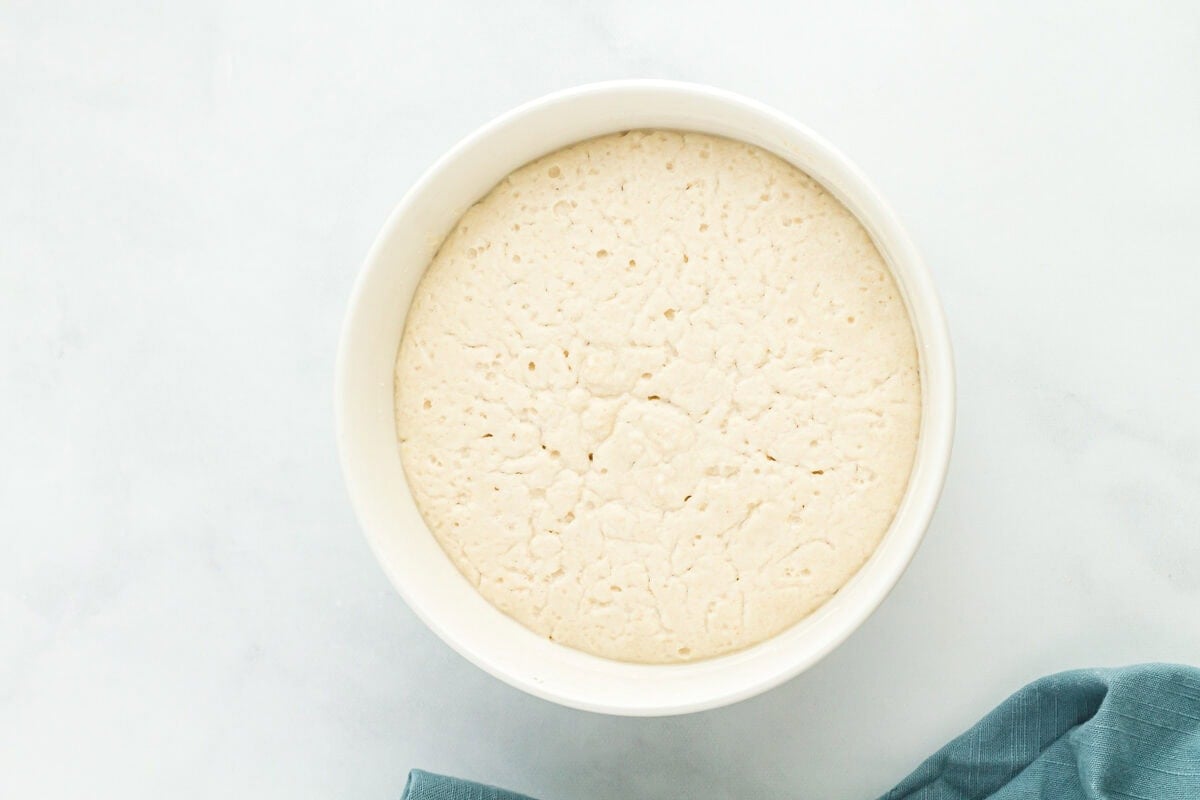
Make the preferment. In a medium bowl, stir together 150 grams active starter, 100 grams of room temperature filtered water, and 80 grams of brown rice flour. Stir until well mixed. Cover lightly and let rest in a warm, draft-free area of your house for 6 to 18 hours. You’ll know it’s ready when it looks like it’s doubled in size and has lots of bubbles. Do not move onto the next step until your preferment is ready.
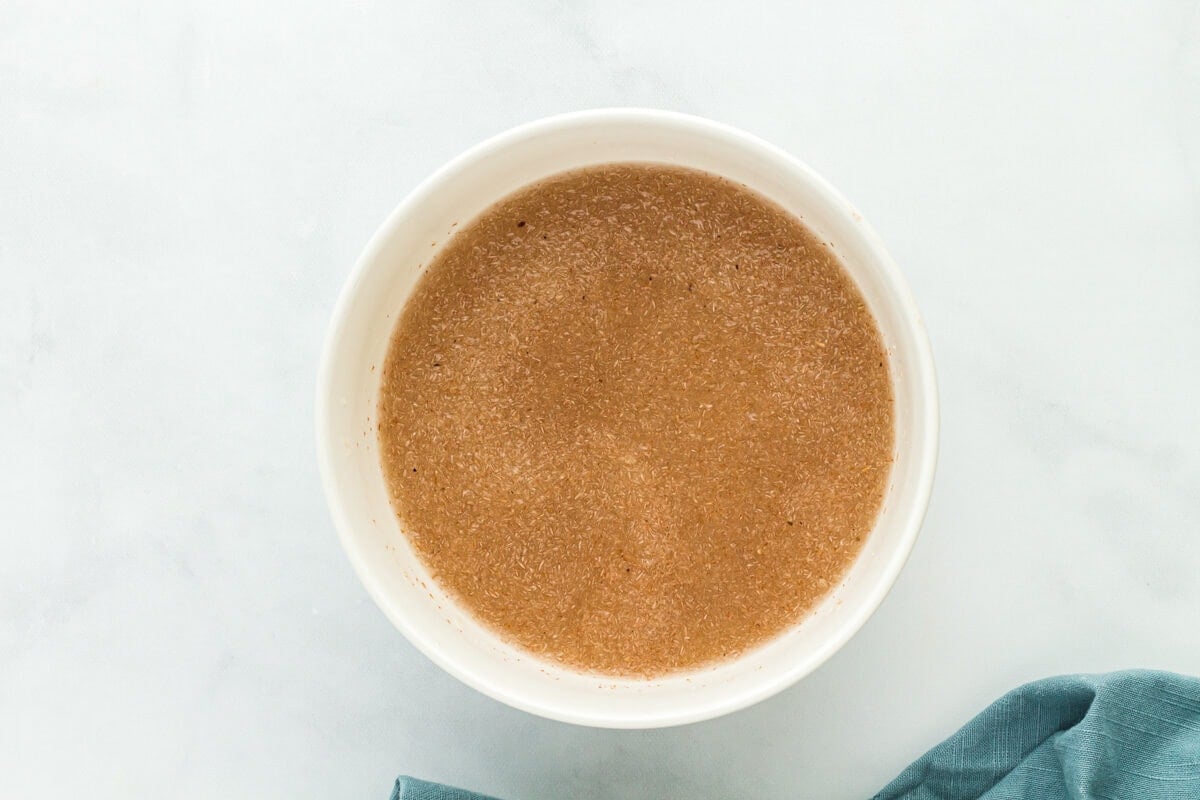
In a medium bowl, stir together the 20 grams of psyllium husk, 20 grams of honey, and 300 grams of room temperature filtered water. Set aside for a few minutes until it turns into a thick gel.
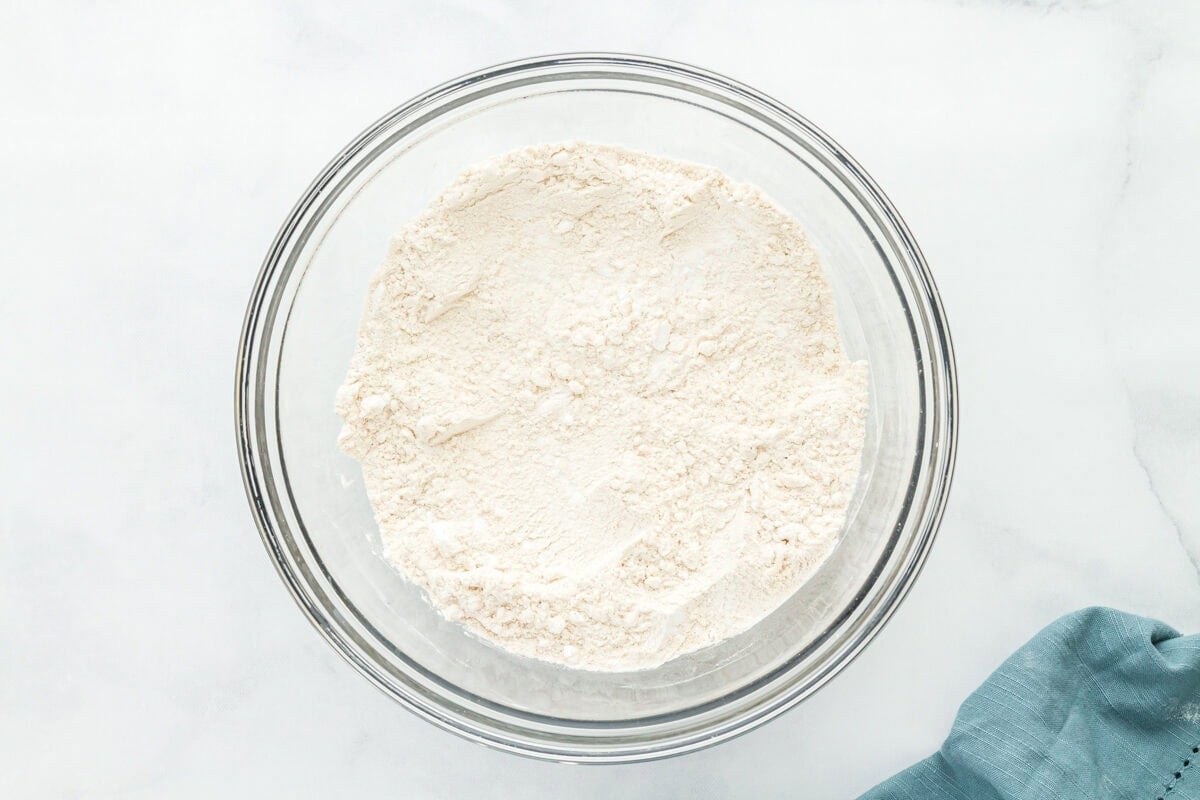
In a large bowl, combine 80 grams of potato starch, 80 grams of sorghum flour, 80 grams of brown rice flour, 60 grams of tapioca flour, and 15 grams of salt. Whisk together until well combined.
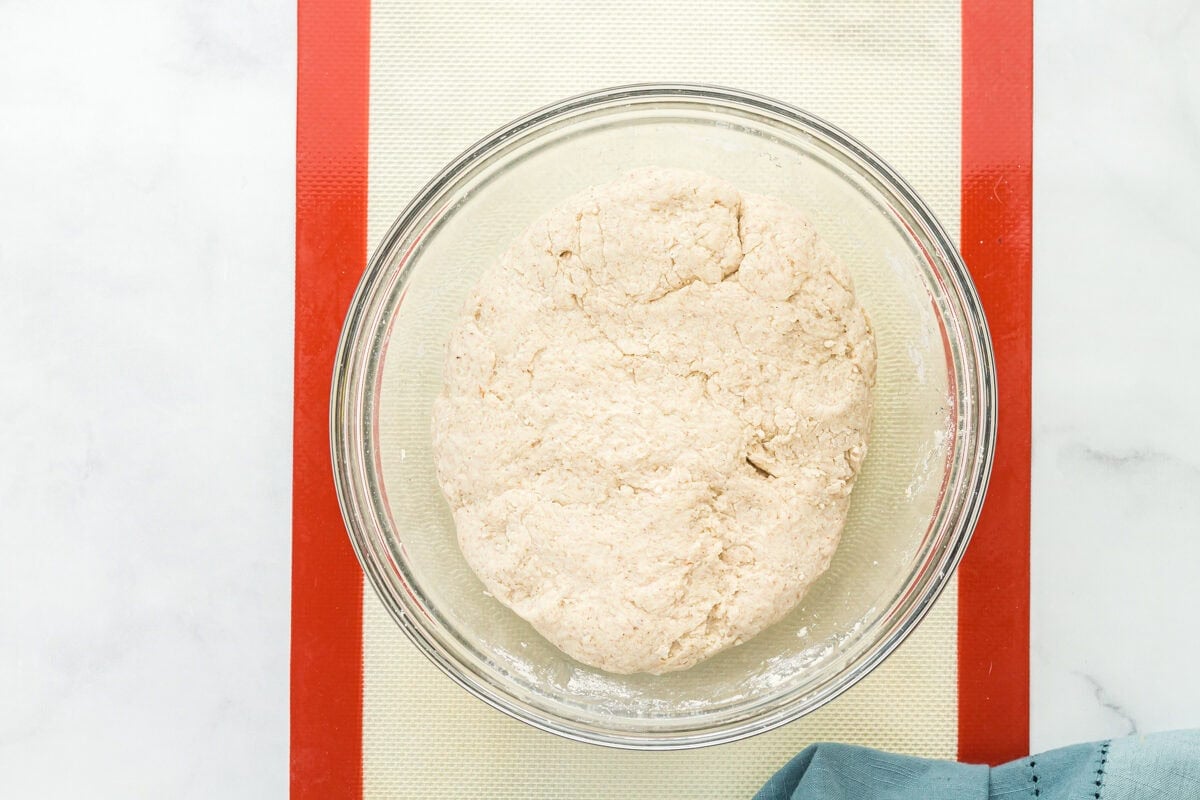
Add the preferment mixture and the psyllium husk mixture to the dry ingredients and mix on low-medium speed with an electric mixer and dough hook. Use a spatula to scrape down the sides and bottom of the bowl to make sure all the dry ingredients are well combined. You can use your clean hands to work this mixture as well so that all the dry ingredients have been incorporated into the dough (the dough should feel gummy now and you should no longer see dry ingredients).
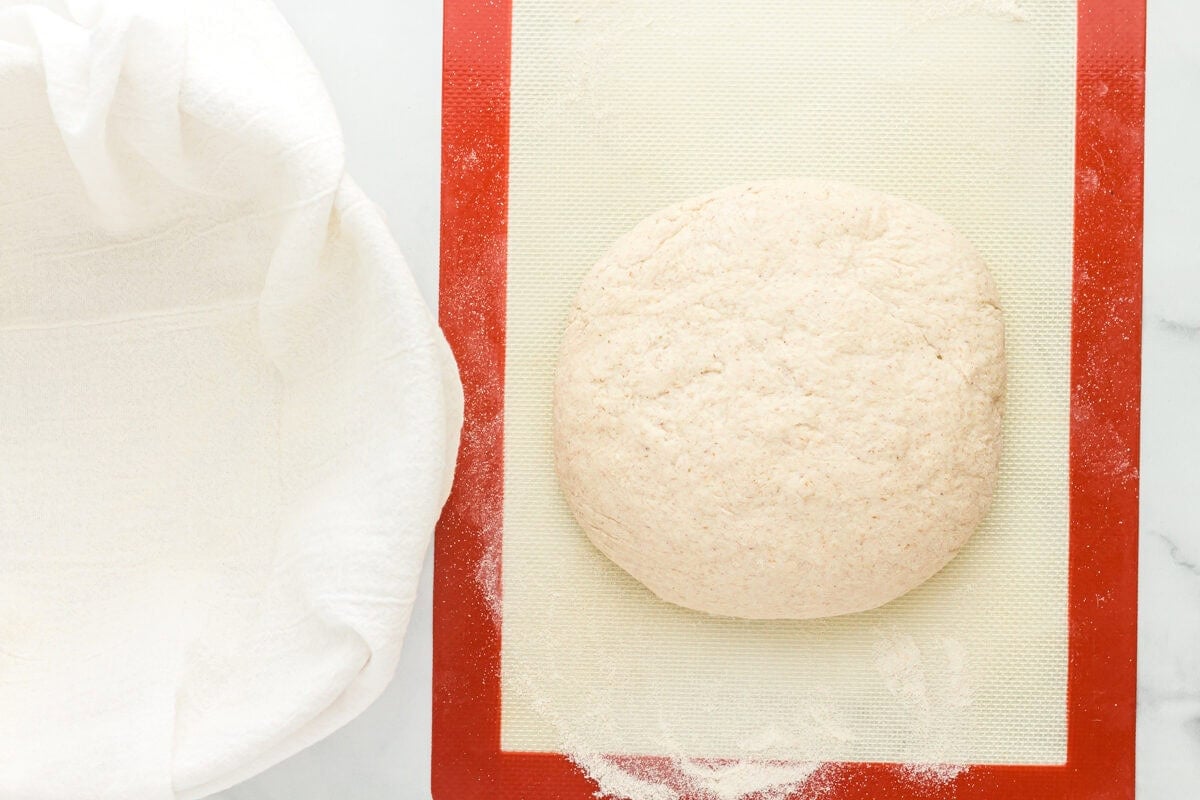
Lightly flour (using brown rice flour) a clean, dry countertop and lightly knead the dough into a smooth ball. No stretching of the dough is needed. Simply knead the ingredients together gently until smooth. Don’t overwork the dough.
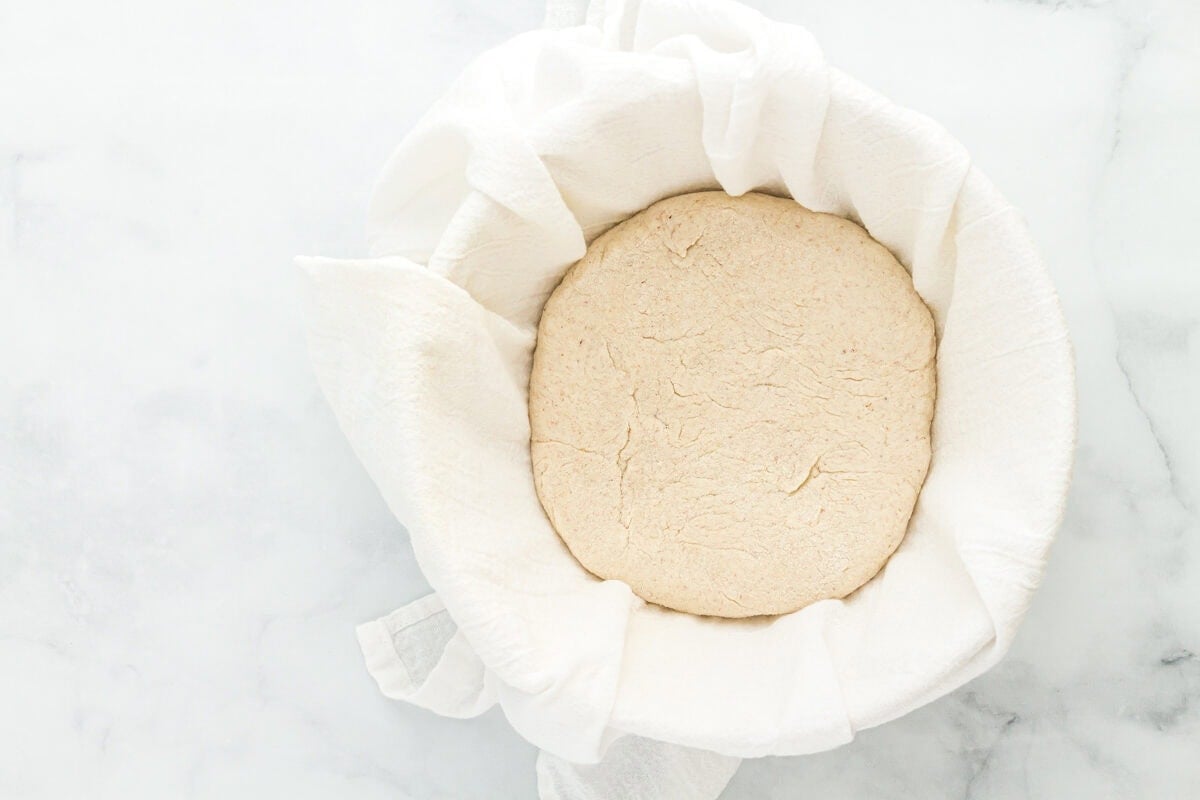
Lightly flour a round, tea towel-lined bowl and place the dough ball smooth side down into the bowl so the seam is facing up.
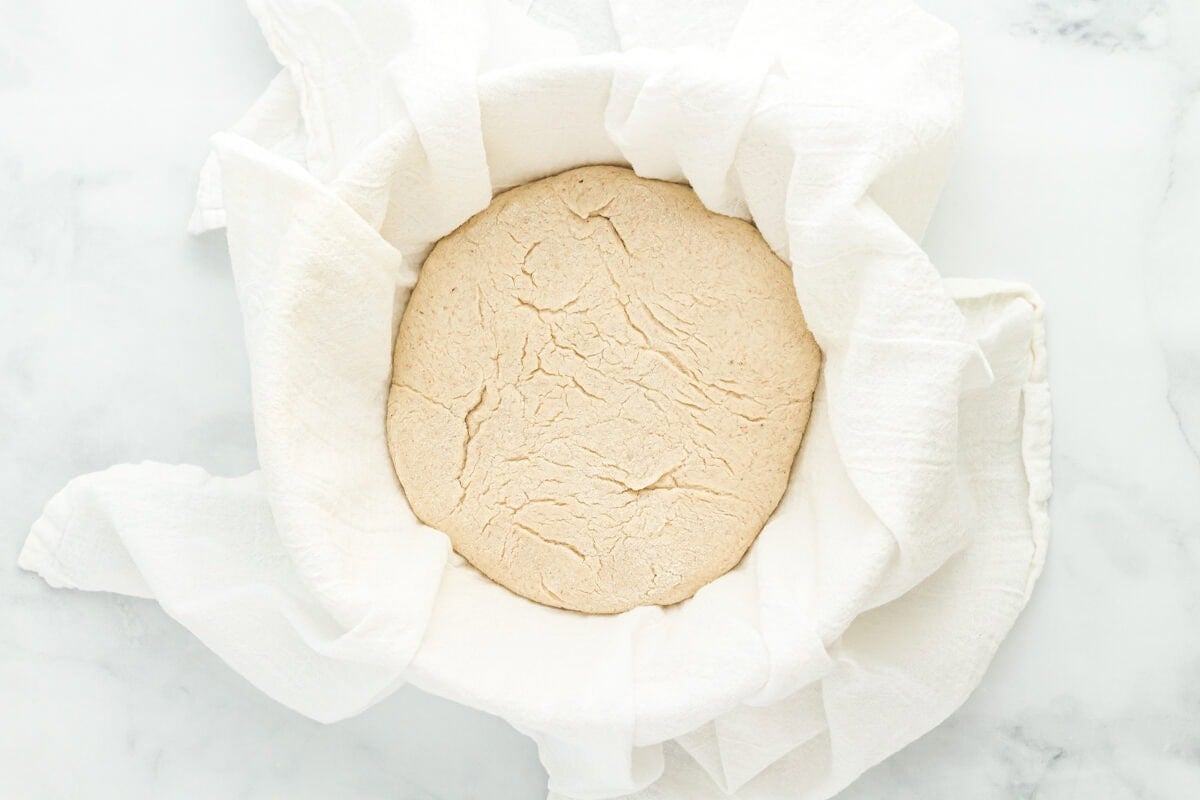
Lightly cover the bowl with a clean tea towel or food-safe plastic wrap and let the dough proof at room temperature for 3 to 4 hours. Depending on the temperature in your home, this could take longer, up to 6 to 8 hours. It’s ready once it has a soft, puffy texture and the dough rises back up slowly when you gently make an indent.
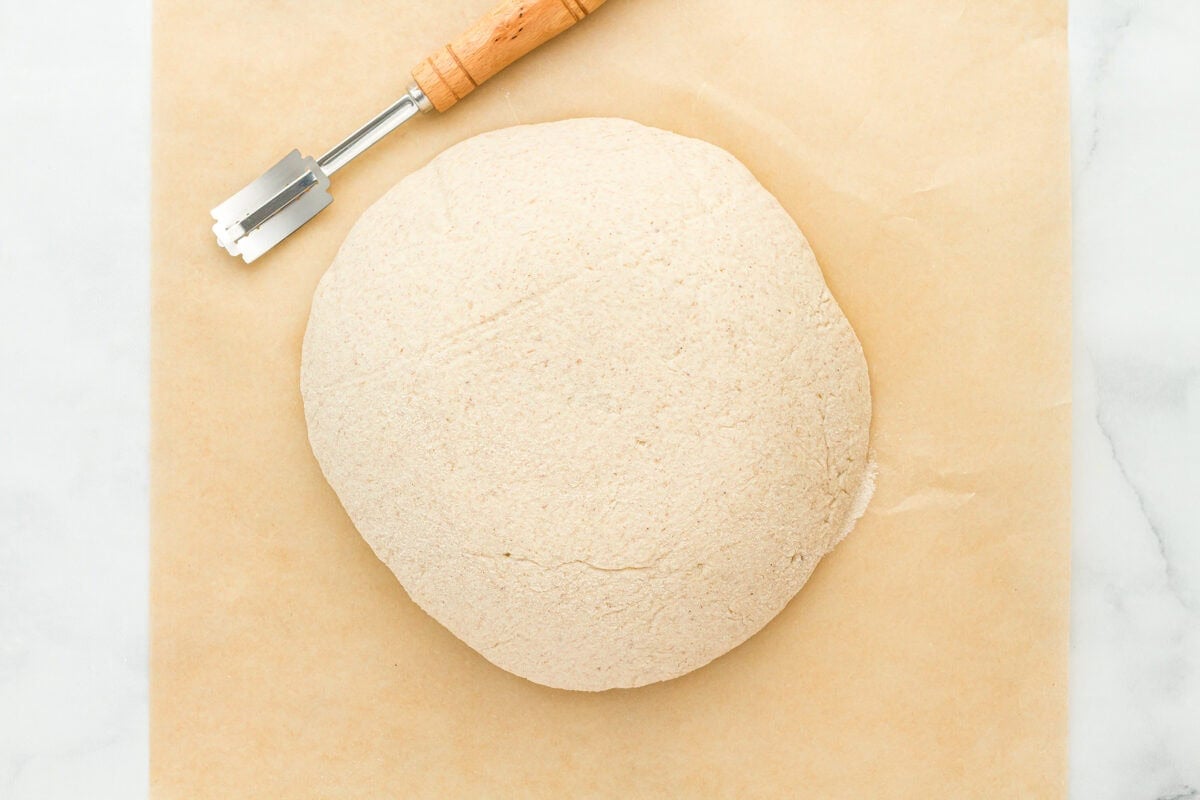
An hour before your bread is ready to bake, preheat your oven to 425°F with the Dutch oven inside. When your oven has been preheating for an hour, gently remove your proofed bread and place on a sheet of parchment paper. Gently move this so you don’t drop it down. Dropping it will limit the bread’s ability to rise properly. The loaf should now be sitting on the parchment paper smooth side up, seams down on the parchment paper.
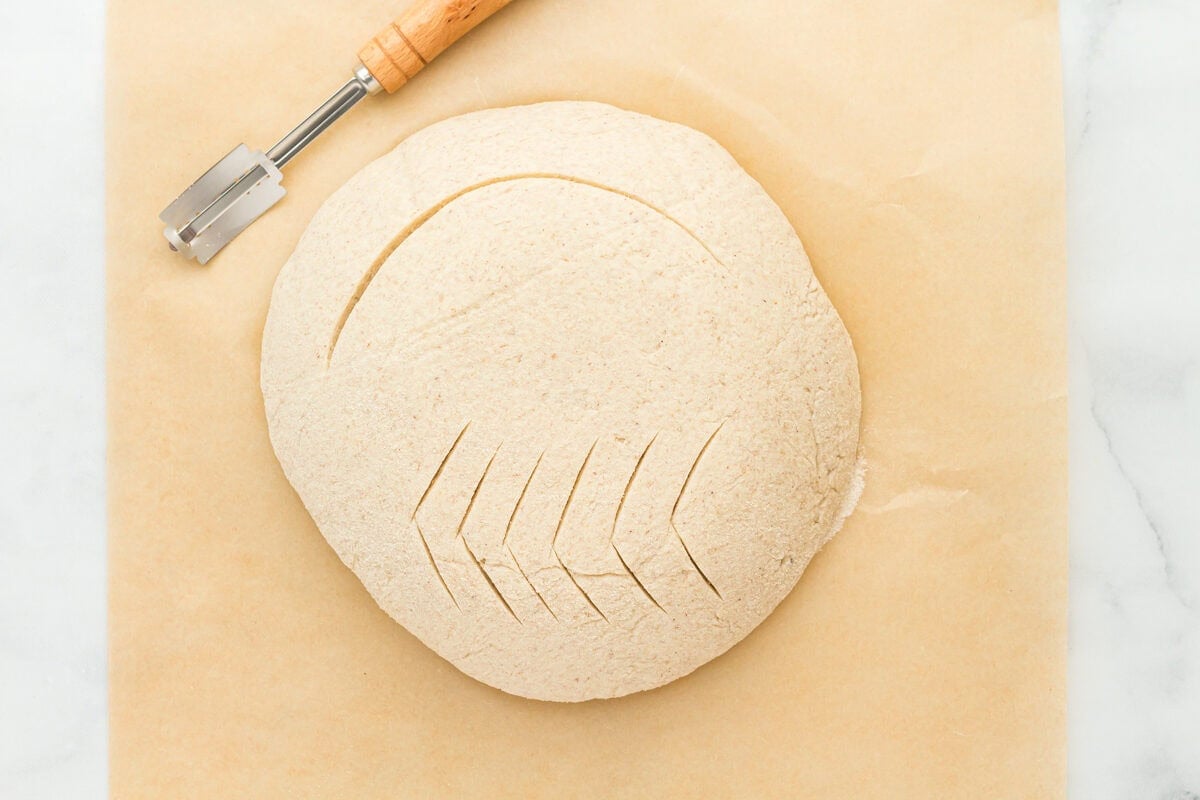
Use a sharp knife or a lame to cut lines into the dough to allow steam to escape while baking. Make any design you’d like, but make sure it’s deep enough (at least ¼ inch) or the bread will split in other areas. Use the parchment paper as a sling and place both the paper and bread gently inside the hot Dutch oven. Place the lid on and put the Dutch oven back into the oven. It’s important that you don’t leave the Dutch oven sitting out for long. We want this to say as hot as possible so as soon as you remove it from the oven, place the bread in and get the Dutch oven right back into the oven.
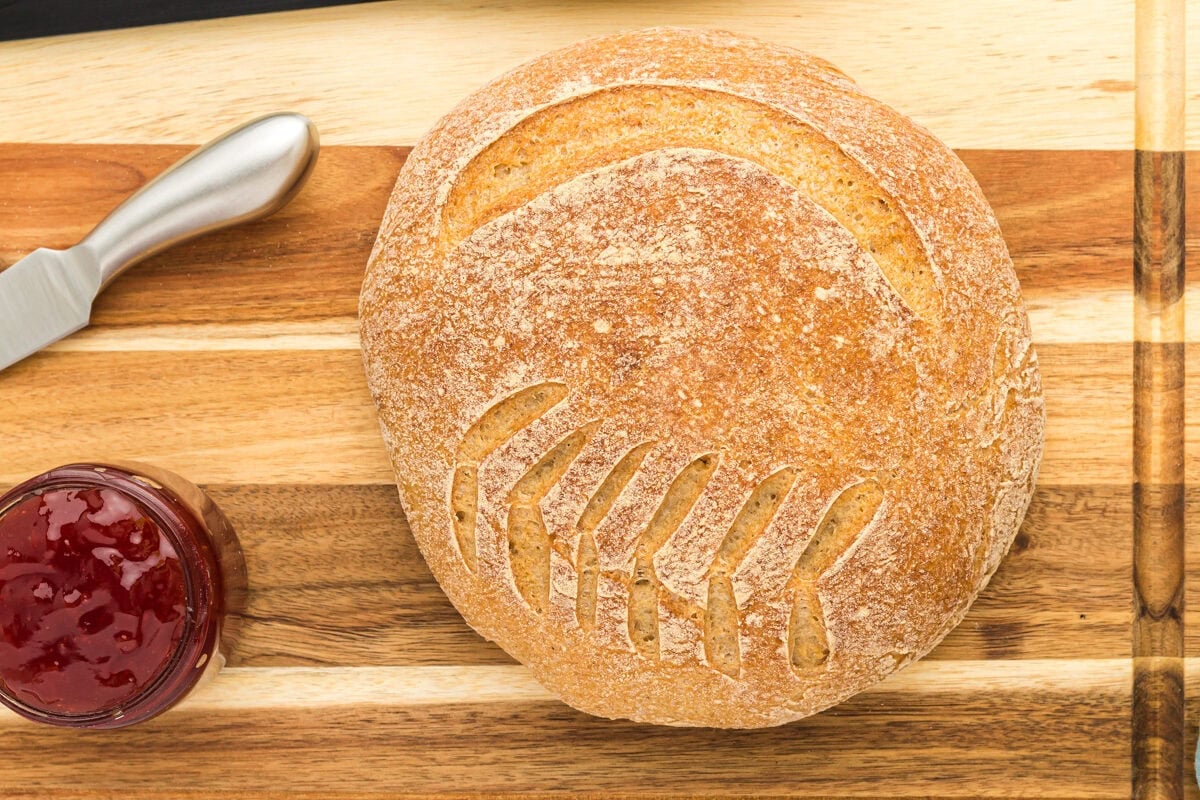
Bake for 45 minutes with the lid on. Remove the lid then bake for an additional 25 to 40 minutes. The bread is done when it is golden brown and the internal temperature is 210°F. Underbaking will result in a gummy bread. Remove the baked bread from the Dutch oven and let it cool completely at room temperature before slicing.
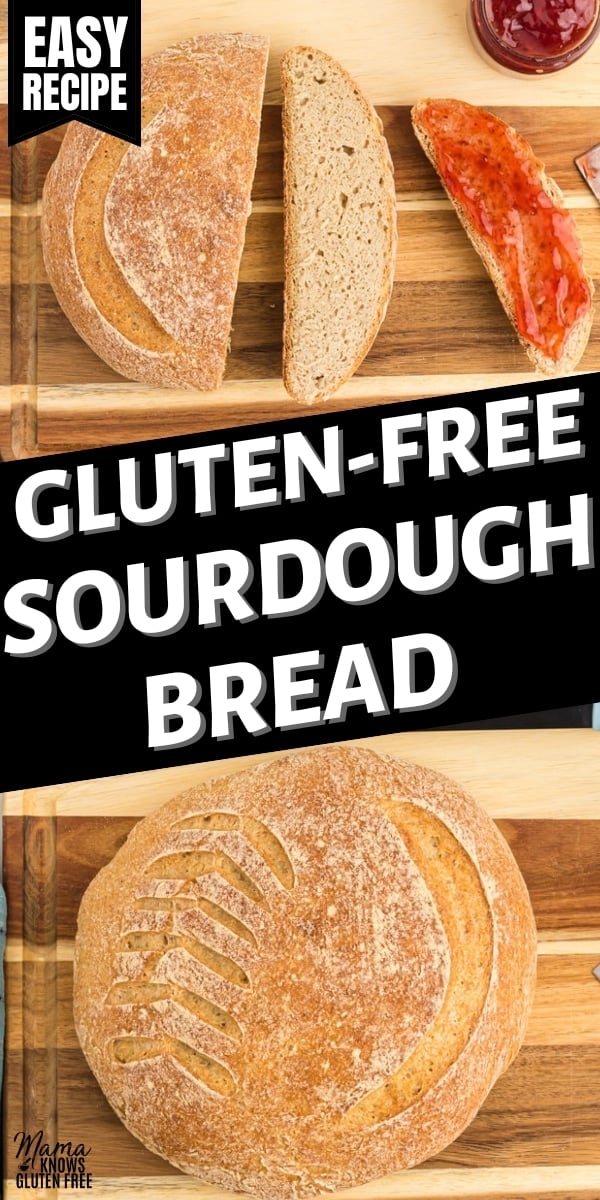
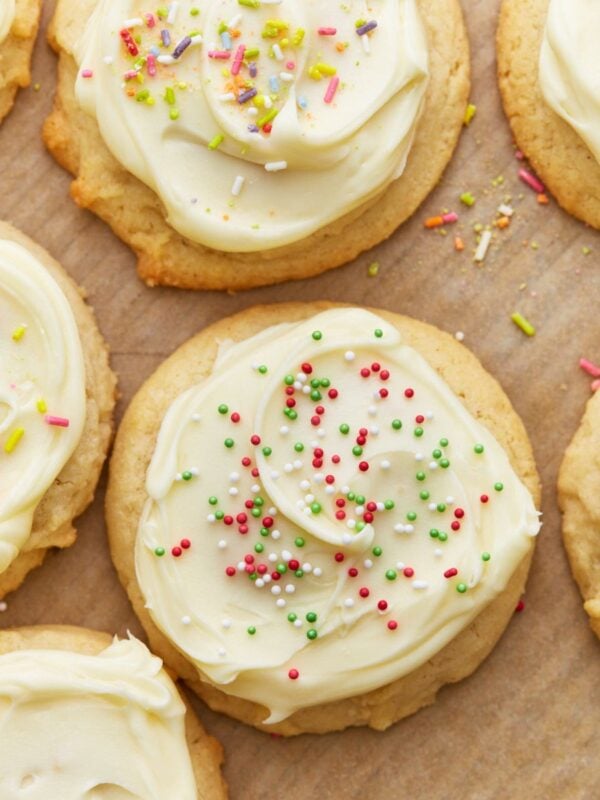


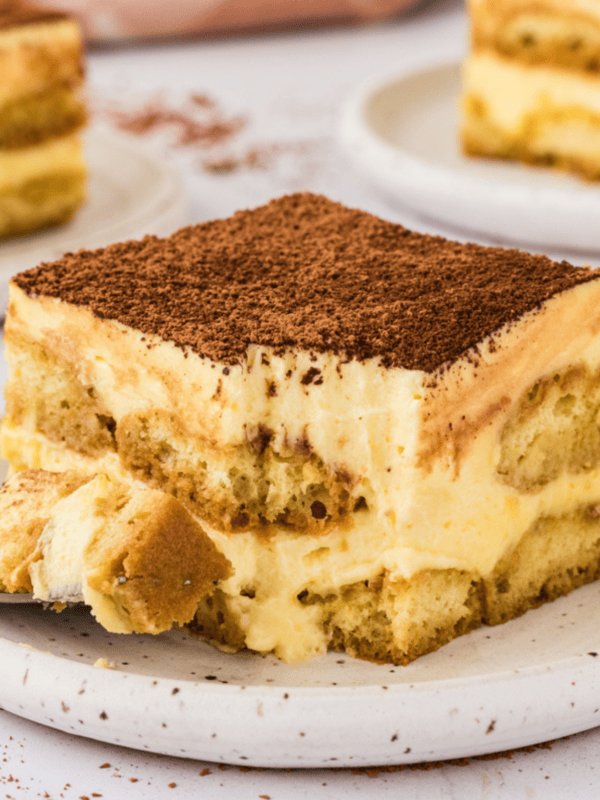






What Psyllium do you use
Hi Jacob, we recommend “Now” brand or “Anthony’s”!
Hello Audrey,
Is there any substitute for the psyllium seed in this recipe, any other seed option? In the past this really has not agree with my digestive system. Now that I’ve been GF for more than a decade, maybe it will not be, but a little leery of it still. Thanks!
Hi Marguerite, unfortunately, we have not tested this recipe with a substitute for psyllium husk. You could try chia or flax seeds, but we cannot guarantee the results.
Soooo good!! Before I found this recipe, I used to make a different one and it was okay, then I made this and realized this one is SO much better!! I followed the recipe pretty closely but I have a starter made with Bobs 1:1 (it didn’t work very well with just brown rice). I am at high altitude so I have to bake the bread almost 20 extra min to have it done in the middle. I’ve made it twice and I’m going to do a third starting tonight! Thanks!!
Is there is substitute for sorghum ?? I can’t find it anywhere???
Hi Madison, millet flour is your best bet!
Any ideas on what I could use instead of tapioca flour? Tapioca of any sort is a major trigger for me. GF baking seems to rely on tapioca.
Hi Emmie! I would suggest looking into making your own blend of GF flour excluding tapioca. You could try a blend of flours like white rice flour, potato flour, and corn flour.